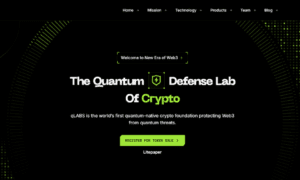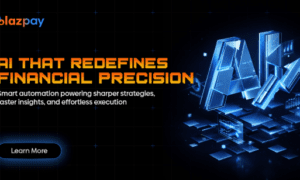In this modern era, the dynamic world of social program management requires innovative solutions to meet growing demands and complexities. Transitioning from legacy platforms to modern systems demands robust testing solutions to ensure seamless functionality and compliance. Sudhakar Mattem, a researcher in automated testing frameworks, presents a cutting-edge solution to validate migrations of social program management systems. His innovative framework addresses critical challenges, ensuring efficiency, accuracy, and compliance during these complex transitions while empowering organizations to deliver better services to their communities.
Challenges in Legacy System Migrations
Migrating social program management systems involves significant hurdles. Legacy systems often handle intricate rules governing eligibility, entitlements, and communication. Traditional testing methods rely on manual processes, which are time-intensive, error-prone, and resource-heavy. Manual testing frequently fails to cover all scenarios, increasing the risk of inconsistencies that could disrupt essential social services. Organizations need a comprehensive testing framework to streamline the process while minimizing risks and ensuring seamless transitions that maintain service continuity.
Introducing the Automated Testing Framework
This automated testing framework transforms the migration process by automating the entire testing lifecycle—from test case preparation to reporting. Its architecture addresses key pain points, offering a structured and scalable solution. The framework’s components include:
Test Case Transformation
Existing test cases, often stored in spreadsheets, are converted into machine-readable formats such as XML or JSON. This ensures compatibility with modern systems and standardizes the testing process.
Automated Workflow Execution
The framework automates workflows across legacy and new systems, simulating real-world scenarios. It manages processes such as eligibility determination and benefit authorization, capturing outputs for comparison.
Result Comparison and Reporting
A sophisticated comparison engine identifies discrepancies between the legacy and modern systems. This mechanism categorizes differences by severity, generating actionable insights and detailed reports.
Continuous Integration/Continuous Deployment (CI/CD) Integration
By integrating with CI/CD pipelines, the framework supports continuous testing, ensuring long-term system reliability and adaptability.
Key Features and Benefits
Enhanced Accuracy and Coverage
Automating testing eliminates human error, ensuring consistent execution. The framework’s ability to handle complex rule-based scenarios enhances test coverage, minimizing gaps and improving overall system validation.
Time and Cost Efficiency
Automated workflows significantly reduce the time required for testing, completing tasks in hours that previously took weeks. Parallel processing capabilities further accelerate the process, reducing costs and freeing resources for other priorities.
Scalability and Adaptability
The framework’s design accommodates evolving systems, supporting large-scale tests and adapting to new policies and configurations. This ensures its continued relevance as social programs grow in complexity.
Continuous Testing Support
The framework’s CI/CD integration enables ongoing validation, identifying issues early in development. Continuous testing improves system quality, reducing post-deployment errors and ensuring seamless system updates.
Addressing Implementation Challenges
Data Privacy and Security
Handling sensitive social service data requires robust measures. The framework employs encryption, access controls, and data isolation to ensure compliance with privacy regulations.
Complexity of Integration
Integrating the framework with legacy and modern systems can be challenging. A phased implementation approach, supported by comprehensive documentation, ensures smooth transitions with minimal disruptions.
Resistance to Change
Organizations may hesitate to adopt new systems due to concerns about operational disruptions. Demonstrating the framework’s benefits through pilot projects and providing tailored training can mitigate resistance and encourage adoption.
Future Opportunities
The framework’s potential extends beyond social program management. Its principles can be adapted for use in healthcare systems, financial services, and tax administration, where rule-based systems and accuracy are critical. Emerging technologies like AI and machine learning could further enhance the framework’s capabilities. For instance, AI could predict potential discrepancies, while machine learning models could refine testing processes based on historical data.
In conclusion, Sudhakar Mattem’s automated testing framework offers a transformative solution for validating migrations in social program management systems. By automating the testing lifecycle, it enhances accuracy, efficiency, and scalability, ensuring seamless transitions from legacy platforms. As digital transformation continues to reshape public services, this framework serves as a vital tool for maintaining the integrity and reliability of critical systems. By addressing implementation challenges and embracing future advancements, the framework enables organizations to confidently modernize while delivering consistent, reliable, and high-quality services to their communities.





























